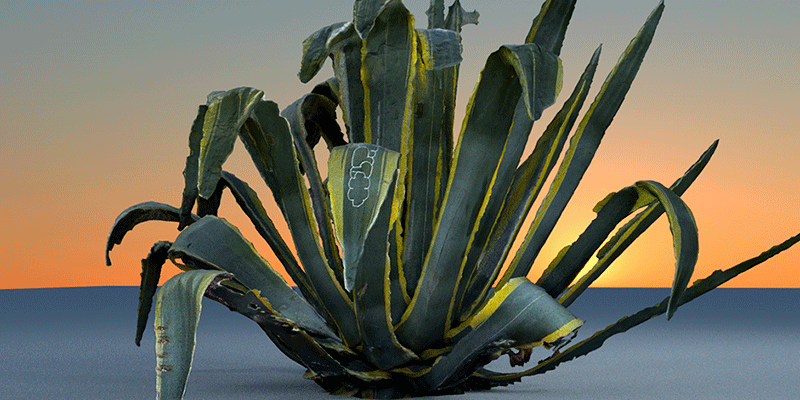
Image: Yandell Walton, Agave Carlton Gardens, (still), 2020. Video process in development with MoCap data and photogrammetry,
ANAT Ideate
Last year, six artists embarked on studio-based creative research that actively imagined the future, promising to take us through the looking glass to the other side. The ANAT Ideate artists are Virginia Barratt, Linda Dement & Jessie Boylan, Guy Ben-Ary & Nathan Thompson, Wade Marynowsky, Andrea Rassell, Yandell Walton & Willoh Weiland.
We asked the artists:
- How can art and technology be transformative in the (post) pandemic world?
- How can art + technology create new forms of engagement?
- How can art + technology claim new space for creative expression?
In 2021, each artist will look into the next steps for their projects – watch this space!
Read their ANAT Ideate 2020 experiences below.
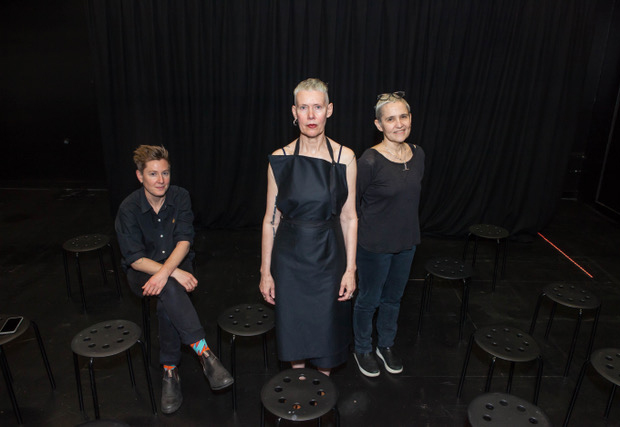
Jessie Boylan, Virginia Barratt, & Linda Dement. Photograph Cynthia Sciberras.
BoneDirt
Virginia Barratt, Jessie Boylan & Linda Dement
Virginia works on Kaurna Land, Jesse works on Dja Dja Wurrung country & Linda works on Gadigal country of the Eora Nation
‘BoneDirt’ is exploring human attunement with the more-than-human, specifically with geostrata: rock, ground, dirt. Their ANAT Ideate project is seeking to develop technologies and speculative strategies for deep listening to and with the geological, to open out our possible relations with these more-than-human familiars.
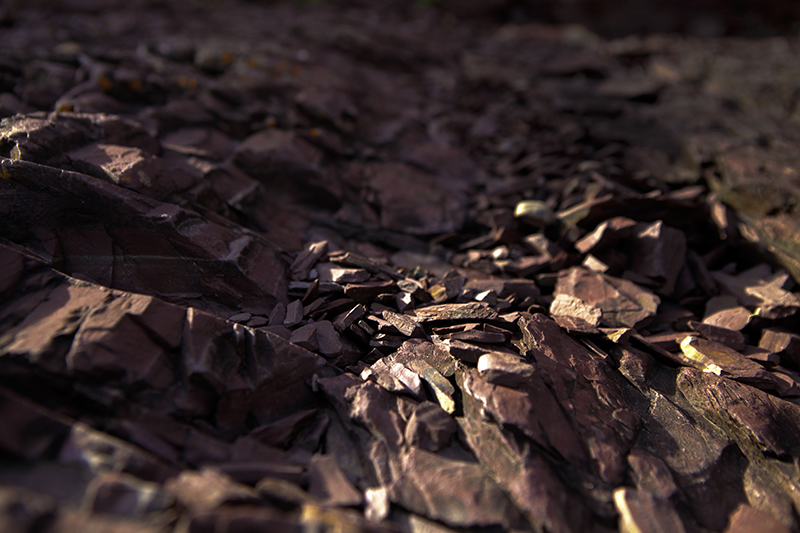
BoneDirt, shards, 2019. Image courtesy the artists.
BoneDirt is a collaboration between the artists Virginia Barratt, Jessie Boylan and Linda Dement. They have been working together and with other knowledge holders since 2018, in the fields of geotrauma, embodiment and affect. They create trans-media visual and sonic installations that generate an immersive experience of the bodyworld assemblage, especially communication between the human and the more-than-human.
Virginia Barratt in conversation with Radio Adelaide’s, Dr Naomi Hunter
Read BoneDirt’s blog here
Virginia: And the anthropocentric kind of idea of time, clock time, measured time, minutes and so on. What’s a minute? What’s an instant? You know, what is now? So, I guess we’re trying to work with these ideas of time. We’re trying to work with the idea of slowing down time in order that we can kind of step sideways out of anthropocentric time, out of Chronos, or clocked time, and into deep time and attune with these kind of geological formations. And why? We want to attune with the land so that we can care for the land. And so, I guess care is also another really important component. So, we’re working with sound technologies and Luke Harold from, Dr Luke Harold from the Elder Conservatorium has worked with Linda and Jessie quite a lot. He’s fantastic and so he’s going to be working with us and has given us some fancy mics and things like that to listen to rocks with.
Radio Adelaide’s Festival City Producer, Dr Naomi Hunter talked to ANAT Ideate resident Virginia Barratt about her project with Jessie Boylan & Linda Dement, exploring human attunement with the more-than-human, specifically with geostrata: rock, ground, dirt. Collectively know as BoneDirt, the ANAT Ideate residents are seeking to develop technologies and speculative strategies for deep listening to and with the geological, to open out their possible relations with these more-than-human familiars.
Listen to the whole conversation and Virginia reading from Rupture…
or read an extract and transcript below.
Naomi: So, I notice that this collaboration, or this particular residency, there’s three artists involved. I would love to hear a little bit about yourself, and maybe if you want to tell us about the collaboration that you have with the other artists as well.
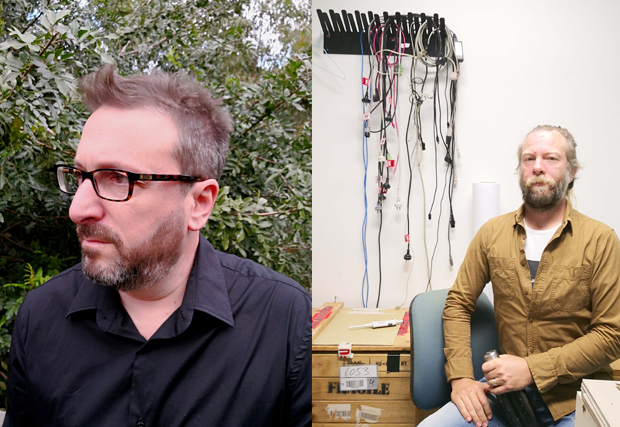
Guy Ben-Ary. Photo courtesy the artist. Nathan Thompson. Photo courtesy the artist.
Guy Ben-Ary & Nathan Thompson
Guy & Nathan work on Noongar country
Developing the concept of ‘In-Vitro Intelligence driven Surrogate Performer’ – a bioengineered entity that has direct biological links to its donor and embodies the abilities to perform, the proposed project explores the possibilities of bioengineering organoids as the ‘input’ mechanisms for Surrogate Performers such as the auditory and visual senses.
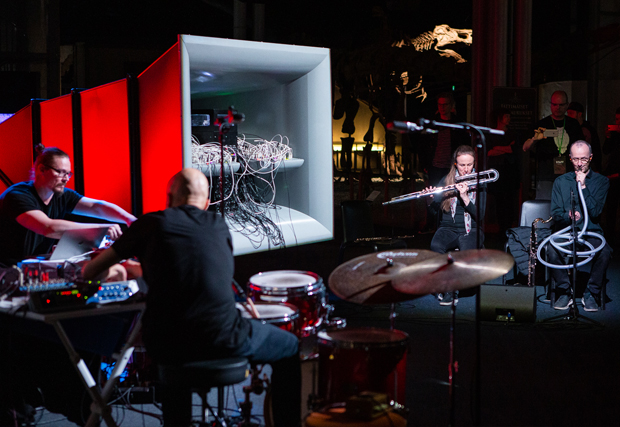
cellF, a surrogate performer, performing in Science Centre Heureka with Defunensemble, Helsinki, 2019
Read Guy & Nathan’s blog here
Radio Adelaide’s Festival City Producer, Dr Naomi Hunter talked to ANAT Ideate resident Guy Ben-Ary about his project with Nathan Thompson researching the possibility of bioengineering visual and auditory organoids, to operate as input mechanisms for surrogate performers.
Hear the whole conversation… or read an extract and transcript below.
Read the full Radio Adelaide transcript here
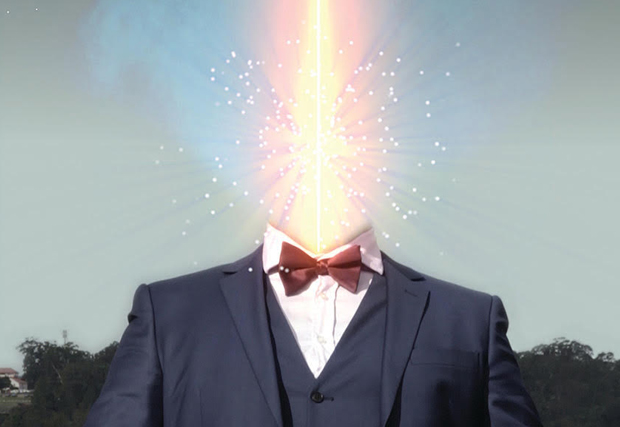
Wade Marynowsky,Yesterday’s Futurist, (Self Portrait with Lightsaber), 2017. Image courtesy the artist.
Wade Marynowsky
Wade works on Yuin country
A robot in the garden: technological ecosystems as sustainable artworks.
The research project will investigate how art and technology can claim new space for creative expression by intersecting and diverting the fields of Field Robotics and Agriculture Technology into innovative artistic pathways.
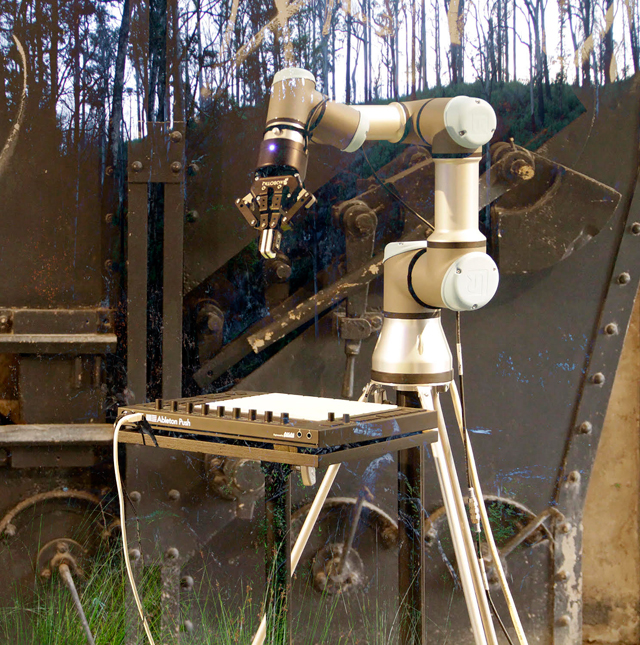
Wade Marynowsky, Synthesiser Robot (in the garden re-mix) , 2020.
Dr. Wade Marynowsky is an artist, academic and researcher working across robotics, immersive and interactive performance and installation. His main body of research explores the notion of robotic performance agency by challenging notions of classical spectatorship and performance. His practice is characterised by large-scale robotic, sound, light and interactive works that combine humour, camp and a host of unnerving thematics to absorbing affect.
Read Wade’s blog here
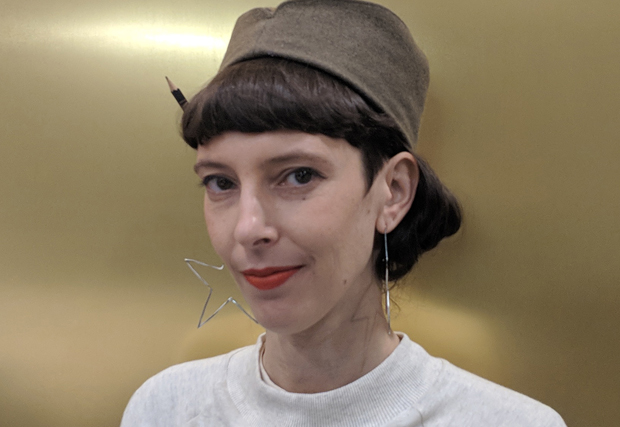
Andrea Rassell. Photo courtesy of the artist.
Andrea Rassell
Andrea works on the lands of the Wurundjeri people of the Kulin Nation
Body politics describes how the powers of society regulate the human body, and the struggle over individual versus social control of the body. Andrea will take this notion and use it to explore emerging nanobiotechnologies through her nanoart and media art practices.
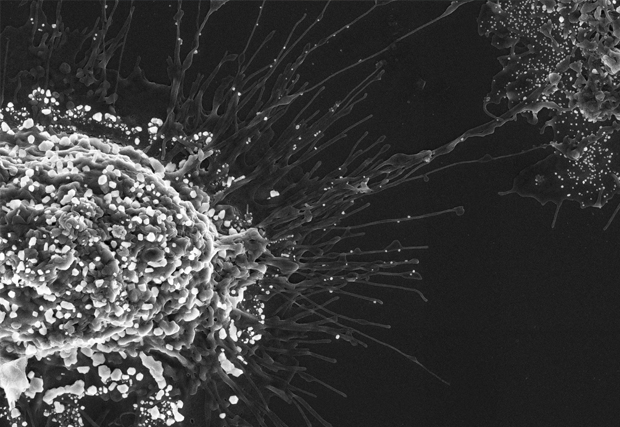
Andrea Rassell, Still from The Society of NanoBioSensing, Scanning Electron Microscopy image of prostate tumour cells with ZIF-8, a nano-engineered material that acts as a gene delivery system and cancer therapy for specifically targeted cells.
Andrea Rassell is a media artist and interdisciplinary researcher in science art. Working in nanoart—artforms that engage with nanoscience and nanotechnology—she creates experimental films and moving image installations that explore scale, technological mediation, and the multisensory perception of the sub-molecular realm. Her work has been shown at the New York Imagine Science Festival, Oaxaca FilmFest in Mexico, the New Zealand International Film Festival, White Night in Australia and Sónar+D in Spain.
Read Andrea’s blog here
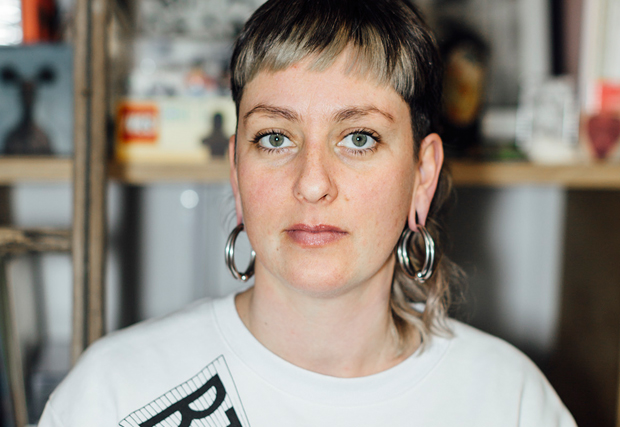
Yandell Walton. Photo: artdocumentation.com.au
Yandell Walton
Yandell works on the lands of the Wurundjeri people of the Kulin Nation
Yandell will embark on new research through Interrogating technological processes to enable volumetric scans to be animated, introducing human-like movement. Emergent technologies will be harnessed to merge the natural environment with human movement in an aim to create a cross species form.
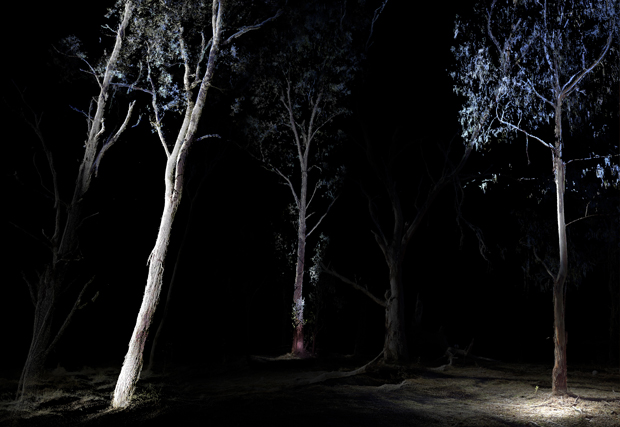
Yandell Walton, LIDAR scan of Australian Landscape work in development
“My practice addresses human relationships with physical systems of the planet by interrogating shifting environments caused by climate change. By using digital technology in the production and presentation of works, I aim to highlight the current technological climate and raise questions around its effect on our rapidly changing world. Through creating immersive works that connect to the viewer, my installations aim to engage and inspire action from individuals towards a collective consciousness within an ever-changing and increasingly damaged planet.” Yandell Walton
Yandell in conversation with Radio Adelaide’s Dr Naomi Hunter
Read Yandell’s blog here
Yandell Walton, process in development with MoCap data and photogrammetry, Agave Carlton Gardens, 2020. Image courtesy the artist.
Yandell says she’ll ‘be using motion capture technology with the human form to introduce actual human movement to the plants and trees. To kind of create this cross-species form. ‘Over the last six months, I have embarked on a research project through the Philip Hunter Fellowship, pretty much researching or locating ecological shifts in forests in Australia due to human impact. And I have also been doing some practical research and development using photogrammetry techniques to capture the natural environment as volumetric scans. So that’s kind of been happening throughout this whole lockdown period, which I feel really grateful to have the time to investigate these new ideas and new modes of working. So the Ideate project is allowing me to work out new processes, or new workflows to enable these 3D scans to be animated.
Radio Adelaide’s Festival City Producer, Dr Naomi Hunter talked to ANAT Ideate resident Yandell Walton about her new research, interrogating technological processes to enable volumetric scans to be animated, introducing human-like movement. Yandell plans to harness emergent technologies to merge the natural environment and human movement, with the aim of creating a cross species form.
Hear the whole conversation… or read an extract and transcript below.
Naomi: Welcome back to Festival City. I’m Naomi.
Yandell Walton is a Melbourne-based artist whose work encompasses projection, installation, and interactive digital media. Through work that melds architectural space with the projected image, Yandell has become recognised for her public projection works that merge the actual and the virtual to investigate notions of impermanence in relation to environmental, social and political issues. Exhibited nationally and internationally in galleries and non-traditional public spaces, Yandell has received grants to travel overseas from the Australia Council (2006 & 2008) and the Ian Potter Cultural Trust (2015), to undertake residencies and exhibit site-specific works in Berlin, Germany (Transit Lounge, 2007), Florida, US (Digital Graffiti, 2015), and New York, US (The Gershwin Hotel, 2009 and The Centre for Holographic Arts, 2015).
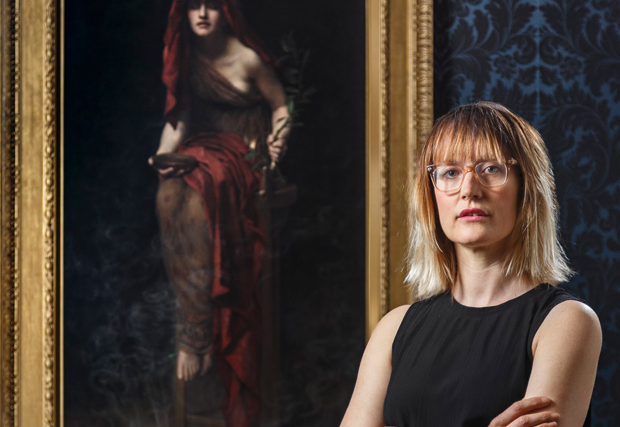
Willoh S. Weiland. Photograph Saul Steed.
Willoh S. Weiland
Willoh works on the lands of the Muwinina people, Nipaluna country
Drawing inspiration from the ‘90’s phenomenon of the Tamagochi and looking through the lens of queer theory ‘My Thing’ is a body of research that looks into the possibility for art and technology to transform our experience of intimacy by re-imagining the role of the digital companion.
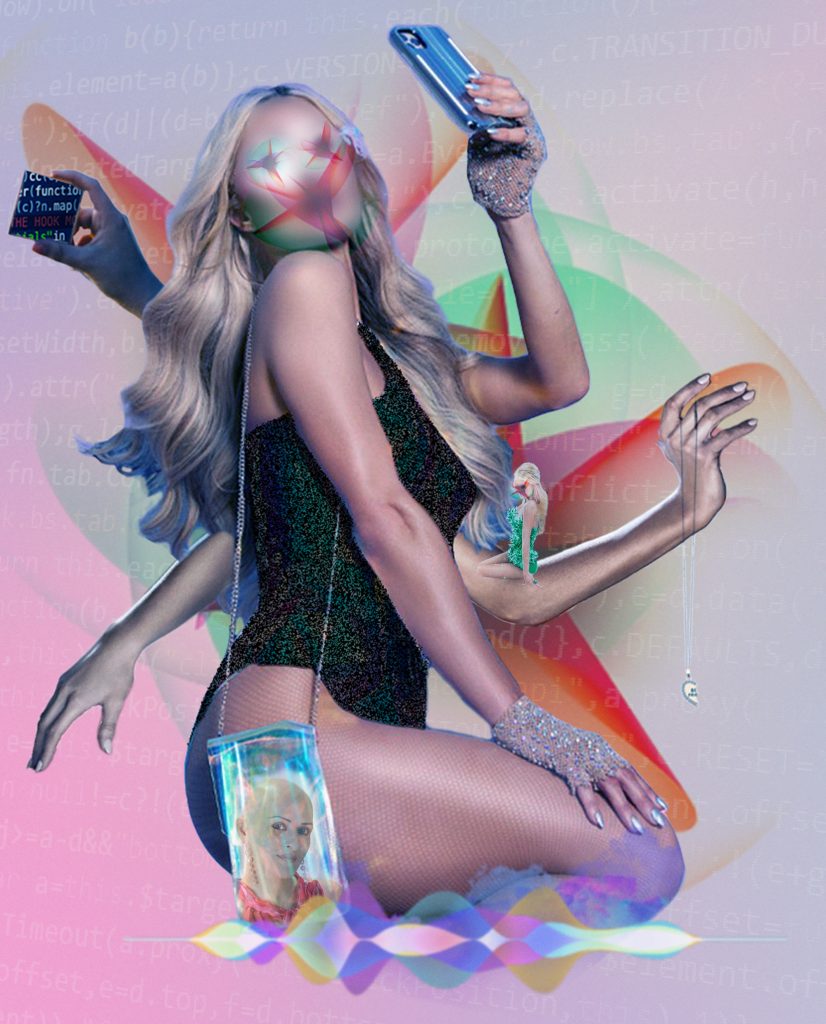
Willoh Weiland, Siri self-realised, 2020. Imagery Rebecca McCauley.
“I think we’re in this special moment in history”, says Willoh “where our relationship with our technology is oscillating between fulfilling this deep emotional need in ourselves to connect and to be with other people, and also just being like deeply annoying because we have to be on it all the time and we’ve all got Zoom dread, and we’re all going oh, another thing.”
In her *research text Willoh excavates the ambiguity of the term ‘companion’…
*Strong language warning
*”The relationship with the object is allowed by its inanimateness to be unbalanced- to support the power of the owner. It places no constraints on their engagement. In our relationships with them- they tell us about our own capacity for care and they allow us to explore it without judgement. We can feed and clothe our latex babies, we can prop our realistic sex doll in an armchair and tell her stories and then ignore her, we can fuck ourselves with our dildo’s for days on end. Even the fit-bit or other health tracker devices- though not marketed as companions- in a world where health and beauty are inextricably linked feed back to us details about our self-care and self-love.
The Tamagochi alone is unique in its demands.”
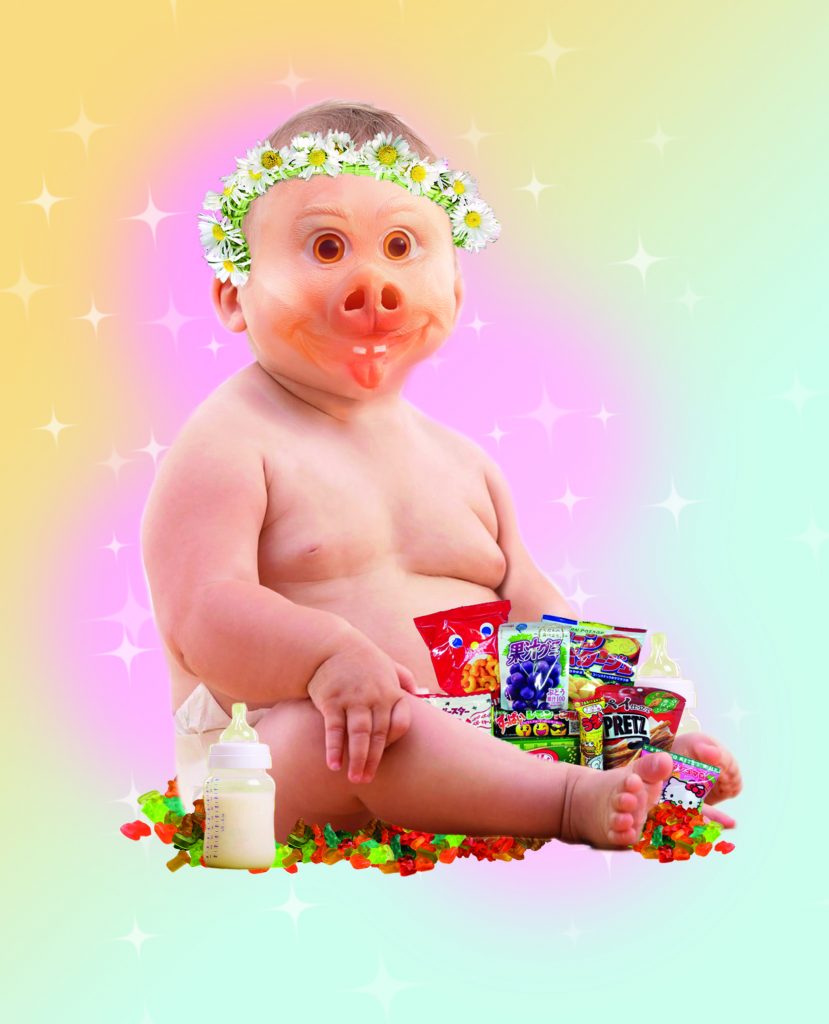
Willoh Weiland, Tamagochi, 2020, Imagery Rebecca McCauley.
Radio Adelaide’s Festival City Producer, Dr Naomi Hunter talked to ANAT Ideate resident Willoh Weiland about My Thing, a body of research looking into the possibility for art and technology to transform our experience of intimacy, by re-imagining the role of the digital companion. Willoh’s residency draws inspiration from the ‘90’s phenomenon of the Tamagochi, looking through the lens of queer theory.
Hear the whole conversation… or read an extract and transcript below.
Willoh in conversation with Radio Adelaide’s Dr Naomi Hunter
Willoh S. Weiland (b.1980, Seine Bight, Belize) is an artist, writer and curator. Over the last fifteen years Weiland has created large-scale performance works and art events, both independently and as Artistic Director of artist-led experimental arts organisation Aphids (2010-2018). Collaboration is a vital element of Weiland’s work and themes such as feminist politics, science and the mediating impact of technology recur throughout her practice. She has recently presented new work as part of The National, Museum of Contemporary Art, Sydney (2019) and the Adelaide Biennial of Australian Art, Art Gallery of South Australia (2020).